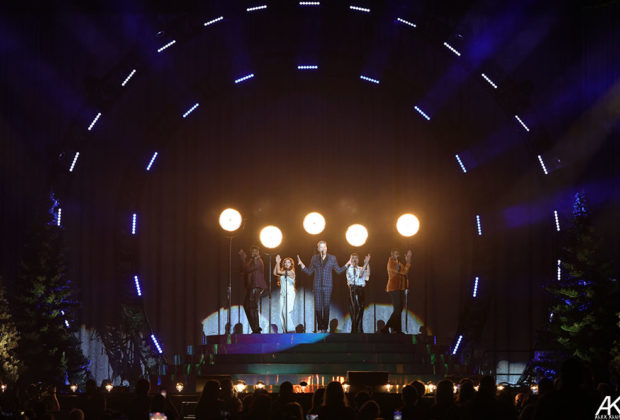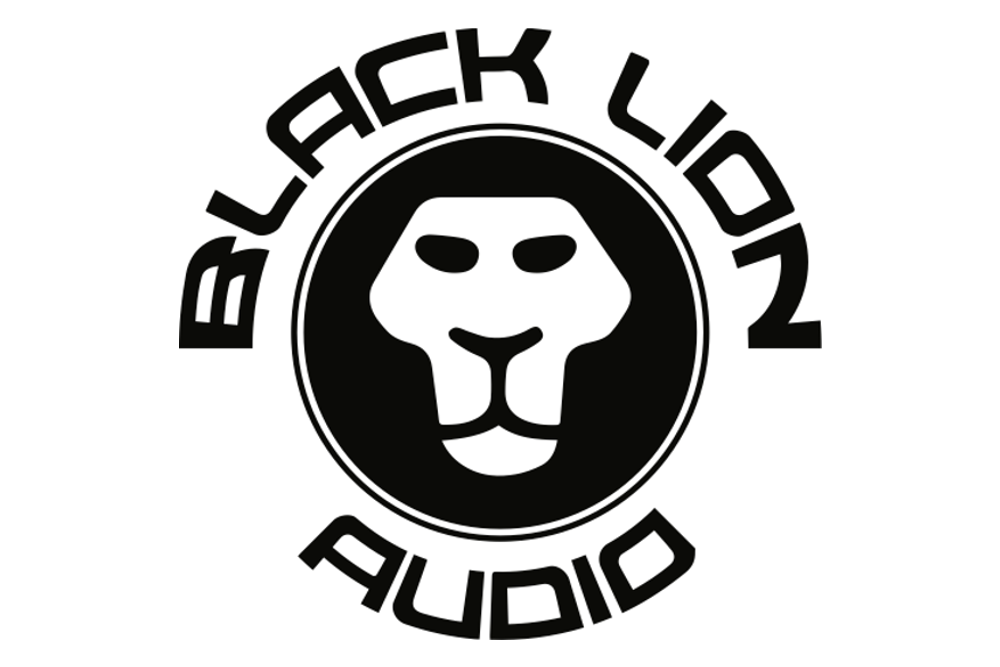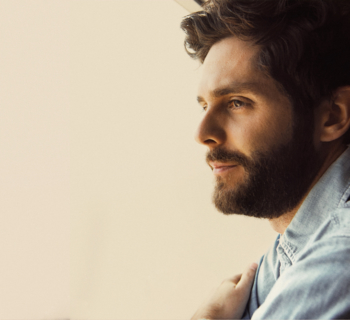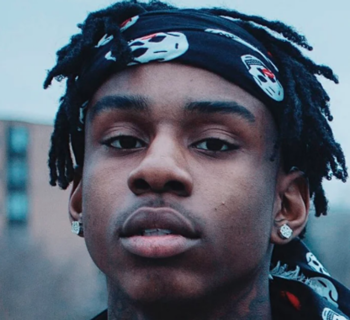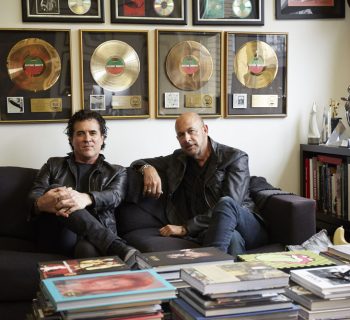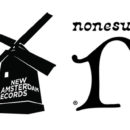Gathering in groups to enjoy entertaining events is part of our natural inclination to be around others, reveling in what we love. Whatever the events may entail, losing the events and the ability to gather throughout the pandemic was one of the hardest parts of the whole unprecedented time.
Now that the pandemic’s peak is waning, many venues have expressed interest in opening and holding live events once again. However, COVID is not gone completely, so any reopening plan needs to be well thought out, with the safety of patrons and performers all strongly considered.
Even before COVID struck, hosting large-scale events was no small feat. Pulling off an amazing event took the cooperation of venue operators, artists, management, and staff. Now, with this extra layer of concern built on top of the standard logistics, there may need to be additional care taken with the planning and putting on of events.
In the following piece, Mike MacPherson, Sales and Marketing Director of VBO Tickets, an all-in-one ticketing software, gives you his take on reopening events. Here are some of his tips for reopening events post-pandemic and how advanced ticketing software may be what venues need to make reopening successful.
All Hands on Deck
“Before the pandemic, event planning largely consisted of selecting an appropriate date and venue for the event, designing a budget so that event organizers can be prepared for all expected costs — as well as some unexpected costs — and getting your team coordinated on marketing, promoting, and selling tickets to the event.” says MacPherson.
All that to say, event promotion and staging has always been an “all hands on deck” production. The difference now lies in the extra steps required to ensure the safety and security of patrons. When planning a reopening, venues and promotional teams need to ensure that all of their team members know the plan and have the necessary information to do their jobs safely and effectively.
Social Distancing
MacPherson acknowledges that bringing back indoor events safely has been one of the biggest concerns for venues, across the board. Both promoters, venue owners, and patrons may have apprehension about being in such close quarters with others after what the nation, and the world, have been through. The stories of COVID outbreaks generating from large gatherings have peppered our newsfeeds since the pandemic began.
Events can happen indoors safely, but specific measures need to be implemented to ensure people stay well. One solution is advanced ticketing that builds in social distancing between seats. Patrons can view on a map––pre-event––where they will be seated and how much space is put in between them and other event attendees.
“An advanced ticketing solution, like VBO Tickets, provides unique social distancing features that apply automatically to your seating maps, as patrons are selecting their seats on your website,” says MacPherson.
For event planners and promoters, VBO Tickets software allows them to predetermine the number of empty seats between sold or offered seats.
MacPherson explains the technology, “As a ticket buyer, when viewing the seating map within the ticket buying interface, patrons can select as many seats next to each other as they like. Once those seats are selected, another ticket buyer, who’s also selecting seats on their computer or phone, will see non-selectable seats to the left and right of the seats sold.”
This intuitive program allows for setting the social distancing parameters.
Capacity Limits
Just like controlling the social distancing limits, VBO Tickets allows for the setting of capacity limits as well.
“For example, if your venue normally holds 200 seats, you can specify that only 100 seats can be sold,” says MacPherson.
Patrons looking to purchase tickets will be made aware of the capacity limits while browsing the venue website. As venues slowly test the reopening waters, we can expect to see capacity limits carry over into 2022.
Even though many are ready to start attending live events again, there are still those who will prefer ongoing virtual event options. Venues will need to weigh the benefits of offering virtual events and have a robust platform to provide those events to interested patrons. There are also hybrid event options to consider, which give patrons a choice between virtual attendance or live.
Adherence to local and CDC guidelines should remain the top priority of venue and promotional management teams.
“Almost every venue will now share their health and safety plans with patrons right off the bat,” says MacPherson, “If guests better understand what to expect when attending an event, they are more likely to feel comfortable with attending in-person.”
Selling Merchandise Ahead of Time
One concern of venues is the mad rush of patrons purchasing food and merchandise at an event, effectively destroying the ability to socially distance or space out event-goers. The health and safety of patrons are greatly at risk when large crowds are gathered in one spot for an extended time, like when waiting in line for food.
Some venues have begun pre-selling food, drink, or merchandise, putting this sale in with the ticket sale. The pre-sale approach lessens gathering crowds and facilitates easier, less crowded transactions.
Safely reopening venues for live events will take a marriage of dedicated owners and promoters with available technology. Relying on programs like VBO Tickets to assist with the logistics of pulling off a safe and exciting return to live events can help ensure that success. •
MIKE MACPHERSON is Director of Sales and Marketing for VBO Tickets. Mike is a passionate, proven leader of sales and marketing, with three decades of successful experience in motivating and leading sales/marketing teams. His most recent success was helping guide VBO Tickets through the dramatic circumstances resulting in the shutdown of event venues and ticketing sales in response to safety measures from the Covid-19 pandemic. Mike volunteers to support youth sports and he lives in the San Francisco Bay area with his twin daughters, and three dogs, Chloe, Beverly, and Grimm. In his free time, he likes to golf, cook, and travel.

